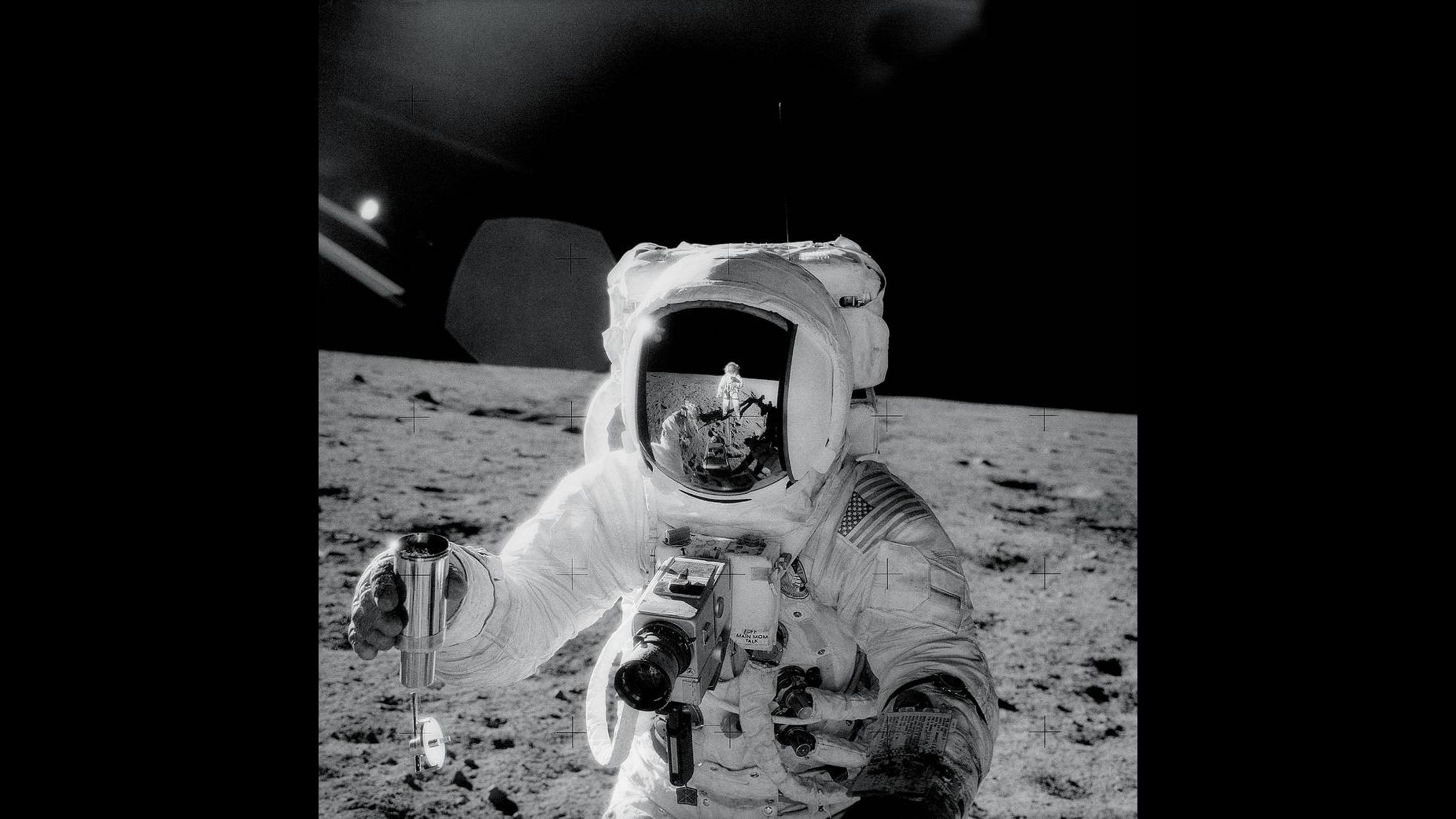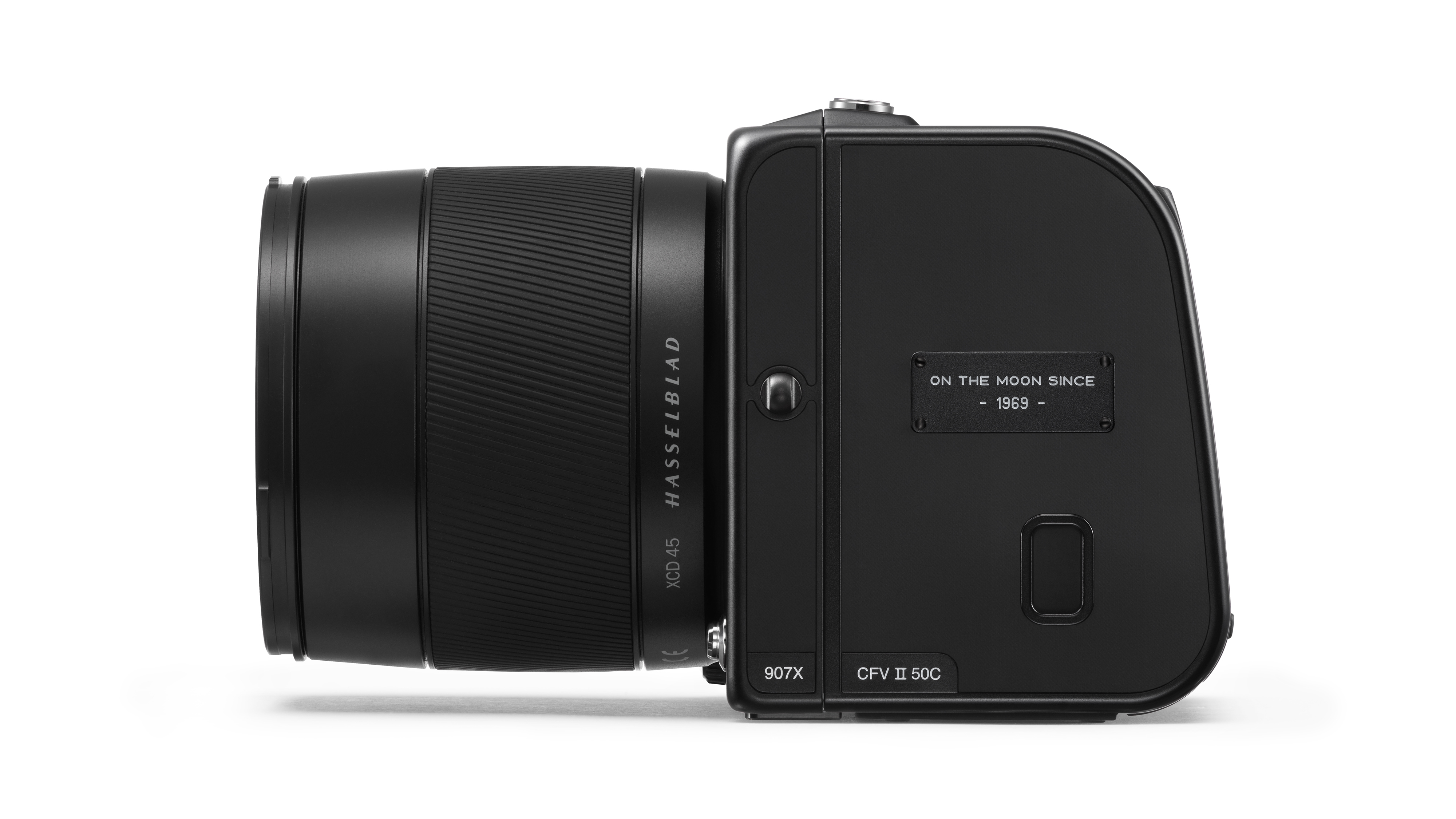This is how a photo geek astronaut started NASA's relationship with Hasselblad
One astronaut's love for photography led to NASA's most legendary gear decision: "Why don't we use this one?"

When we see those breathtaking images of Earth from orbit or the surreal landscapes of the moon, most of us who are into photography and gear instinctively think of Hasselblad cameras.
Hasselblad and NASA built a decades-long creative partnership – one that brought history-making moments from deep space right into our homes. But it didn't start out that way.
Early space missions didn't prioritize photography. On the first Gemini mission, astronauts didn't even bring a camera(!) – and when they did it on the second, it was a basic "tourist model."
Ove Bengtsson, product manager at Hasselblad, explains in an Instagram video by artnizphoto that NASA was deeply underwhelmed with the image results, characterized by a lack of detail and clarity.
I mean, we all know that photographing in space is nothing like snapping a few shots in your back yard. Between microgravity, extreme temperatures and the absence of atmosphere, cameras need to be more than just rugged – they need to be precision tools that can handle it all.
A post shared by Artur Nizicki (@artnizphoto)
A photo posted by on
During preparations for the Mercury-Atlas 8 mission in 1962, Wally Schirra was part of a team of astronauts and engineers trying to solve the missed photography opportunities of NASA's missions.
Schirra was not just a Navy pilot and astronaut, but – as it turns out – a passionate amateur photographer. He kicked off one of the most iconic collaborations in photography history with the sentence, "Why don't we use this one?"
The best camera deals, reviews, product advice, and unmissable photography news, direct to your inbox!
And "this one" was his personal Hasselblad 500C medium format camera, equipped with an 80mm lens. The results were game-changing, vibrant and the most detailed pictures from space that the world had seen.
From that point on, Hasselblad cameras flew on every Mercury, Gemini and Apollo mission, including the unforgettable Apollo 11 moon landing.

But these weren't off-the-shelf models. Together, NASA and Hasselblad engineers customized the cameras for spaceflight.
Weight reduction was a priority, so non-essential parts were removed. Astronauts needed bigger camera dials and buttons to operate the device with their bulky gloves. For the lens, advanced optics and coatings were developed for radiation resistance and optical clarity.
Lastly, the film magazines had to be modified to protect them from extreme temperatures and space radiation. So, Hasselblad and NASA worked on adapting the film advance mechanism so that it could be used in zero-gravity conditions.
This all made Hasselblad a space icon. Hasselblad became more than a top-tier camera manufacturer; what started as a trusted tool for photographers became a cornerstone in documenting human exploration beyond our planet and helped shape how we see space.
You might like...
Make sure to take a look at the best Hasselblad cameras of the modern day. If you want to capture our university from planet Earth, have a look at our best camera for astrophotography, the best star tracker camera mounts for astrophotography, or dive into the story about why the Sony A7S III is a "powerhouse" in astrophotography, and more insider night sky tips by professional astrophotographer Josh Dury.

Kim is a photographer, editor and writer with work published internationally. She holds a Master's degree in Photography and Media and was formerly Technique Editor at Digital Photographer, focusing on the art and science of photography. Blending technical expertise with visual insight, Kim explores photography's time-honored yet ever-evolving role in culture. Through her features, tutorials, and gear reviews, she aims to encourage readers to explore the medium more deeply and embrace its full creative potential.
You must confirm your public display name before commenting
Please logout and then login again, you will then be prompted to enter your display name.
